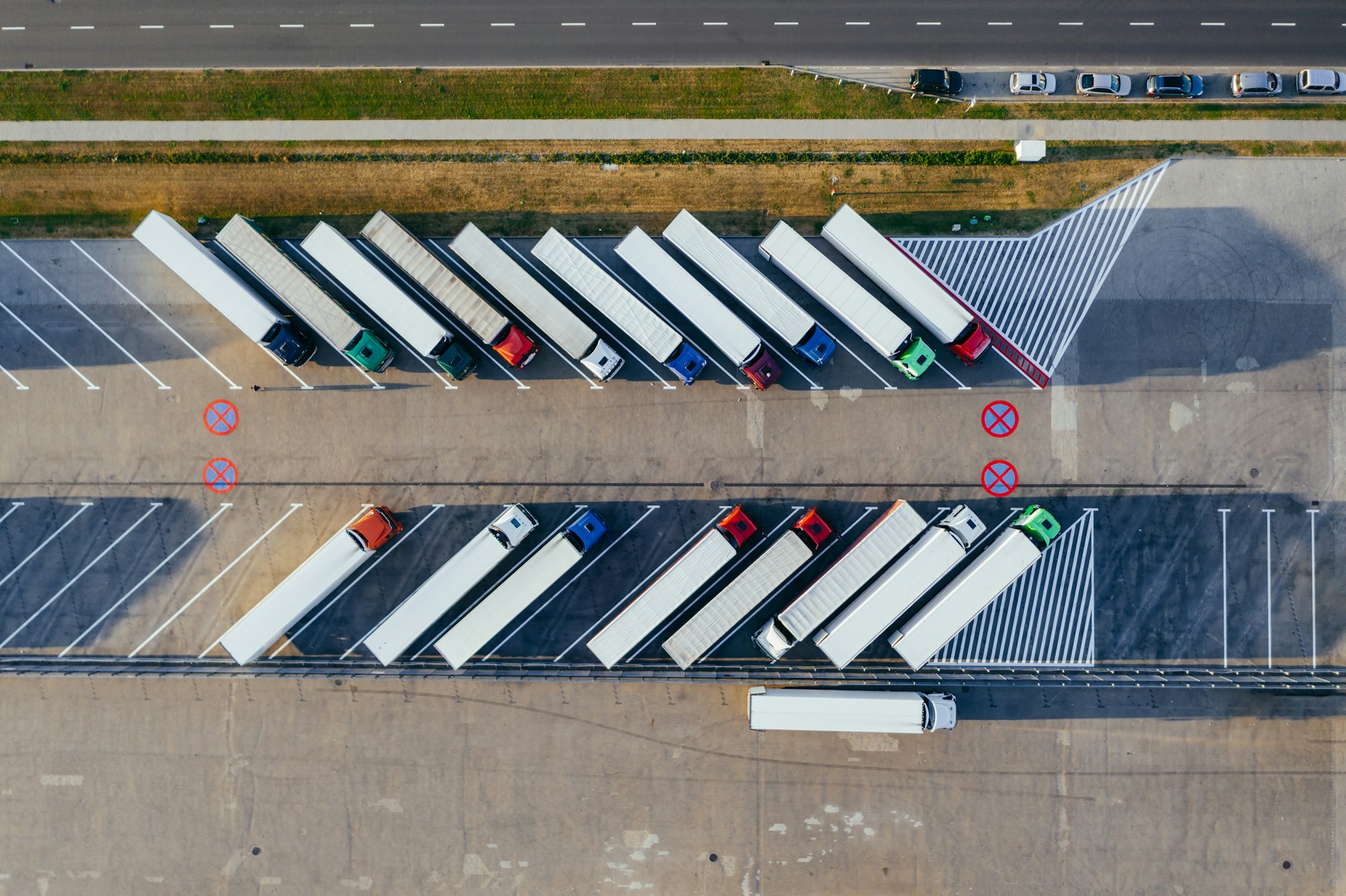Supply chain pact between U.S., AsiaPacific nations to take effect in February

The US and 13 other countries will implement a supply chain agreement on Feb. 24, aimed at reducing shortages like those caused by the COVID-19 pandemic. The agreement establishes a "crisis response network" to provide early warnings of potential disruptions. The US, India, Japan, Singapore, and Fiji have ratified the agreement, which also requires countries to choose representatives for a supply chain council and labor rights board by spring. This agreement marks the first part of the Biden administration's Indo-Pacific Economic Framework to come into full effect.
Source: Link
Frequently Asked Questions (FAQ)
FAQ 1: What is the supply chain pact between the U.S. and Asia-Pacific nations?
Answer: The supply chain pact appears to be an agreement aimed at increasing resilience, efficiency, productivity, sustainability, and transparency in supply chains. It involves the U.S. and various Asia-Pacific nations working together to advance shared interests. This agreement, part of the Indo-Pacific Economic Framework (IPEF), was signed at the Asia-Pacific Economic Forum summit in San Francisco.
FAQ 2: When will the supply chain pact take effect?
Answer: According to information from SEMAFOR, the U.S. and other countries signed the supply chain agreement in November, and it's slated to take effect in February. Specific dates were not provided in the searched content.
FAQ 3: What are the goals of the Indo-Pacific Economic Framework for Prosperity (IPEF) Supply Chain Agreement?
Answer: The goals of the IPEF Supply Chain Agreement include increasing the resilience of supply chains, improving their efficiency and productivity, ensuring sustainability, and enhancing transparency. It represents a commitment to strengthen economic partnerships and supply chain security in the Indo-Pacific region.
FAQ 4: Which countries are involved in the supply chain pact?
Answer: The specific countries involved are not listed in the search results provided. However, it is implied that multiple Asia-Pacific nations are part of this pact, in addition to the U.S. Typically, such agreements could involve key economies in the region, including member countries of the Association of Southeast Asian Nations (ASEAN) and possibly other Pacific Island countries.
FAQ 5: Why is the supply chain pact important for the U.S. and Asia-Pacific nations?
Answer: The pact is considered important for the U.S. and Asia-Pacific nations as it seeks to build resilient and secure supply chains, particularly in light of global challenges such as pandemics and trade disruptions. By collaborating, these nations aim to reduce dependency on single suppliers and mitigate the impact of future supply chain disruptions.
Please note that these FAQs are constructed based on specific details in the provided search results and that further details can be found in the linked sources or through additional research.

